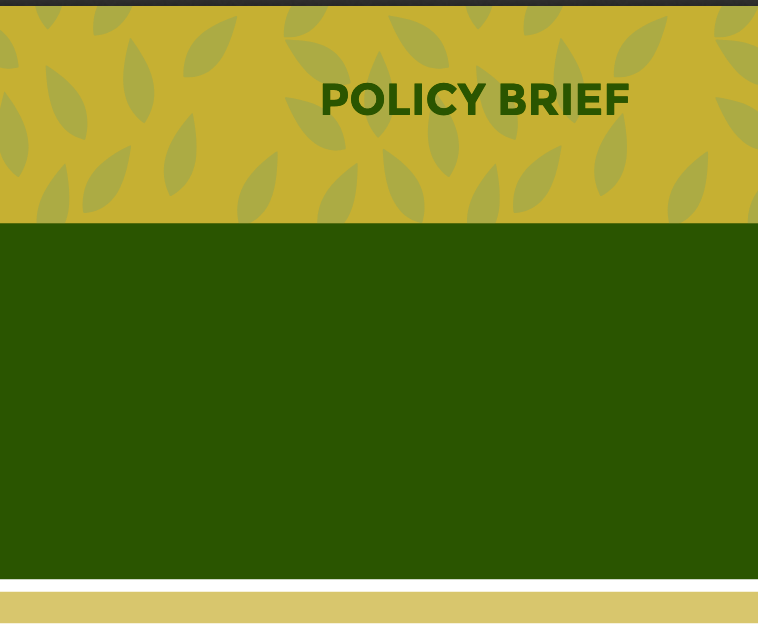Following the commissioned literature review, The Challenge of Prioritisation and Alignment in Public Sector Planning and Implementation, for Twende Mbele (http://www.twendembele.org), authors Tracy Ledger and Sarah Meny-Gibert have extrapolated the review into a policy brief: Analytical Capacity for Improved Prioritisation and M&E.
‘Strategic planning has become increasingly popular in the public sector around the world, and is generally understood to mean “a systematic process of strategy formulation during which an organization’s environment is analysed and strategic goals are defined” (George, 2017, p 527). In theory, plans should be matched with accurate and relevant budgets, and implemented in a manner that ensures that the desired goals are achieved. In reality this ideal situation is seldom achieved in its entirety. There are general concerns that plans are often disconnected from the reality of their implementation, particularly the budgets that are required to give them effect. In particular, these plans are often silent about the choices that have to be made in an environment of limited fiscal resources (“prioritisation”), and how these choices can be made in a coordinated and complementary manner across the public sector (“alignment’). In addition, while considerable resources have been allocated to developing monitoring and evaluation and performance management systems, it is not always clear how these can be linked to and support prioritisation and alignment.
A great deal has been written about the importance of achieving prioritisation in public sector planning, and even more has been written about how this could be done, but most of the latter work focuses on the theory of how this is to be achieved (the assumed characteristics of a successful prioritisation system, the suggested components of a performance management system, etc.). There is little systematic work that considers critically what works, what doesn’t work and why, and how these conclusions might be relevant in the Southern African context.’


